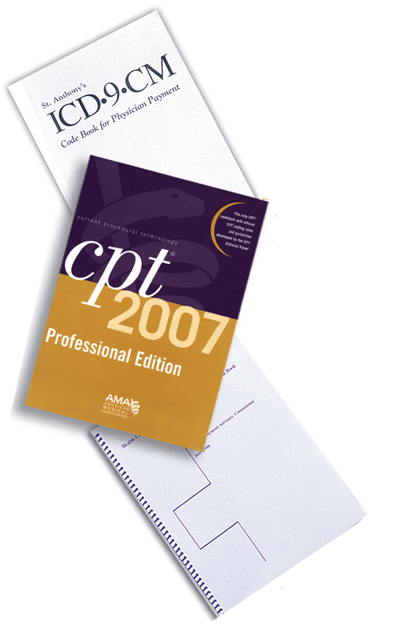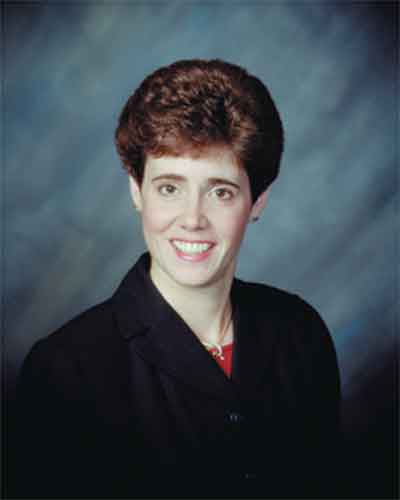Q: What is interventional glaucoma surgery?
A: This new type of ophthalmic microsurgery is guided by ultrasound imaging in much the same fashion as interventional cardiac surgery. The surgical technique depends on precise placement of a polypropylene suture within Schlemm's canal that can be visualized with an ultrasonic biomicroscope.  A flexible microcatheter is placed in Schlemm's canal via a scleral cut down. Intraoperative ultrasound imaging guidance is commonly used to ensure proper catheterization. The micro-catheter is navigated for 360 degrees through Schlemm's canal; then the surgeon attaches a 10-0 polypropylene suture to the microcatheter and draws it through Schlemm's canal as the microcatheter is retracted. The suture is tied off in a loop to distend the trabecular meshwork. The desired outcome is dilation of the drainage system and increased aqueous outflow.
A flexible microcatheter is placed in Schlemm's canal via a scleral cut down. Intraoperative ultrasound imaging guidance is commonly used to ensure proper catheterization. The micro-catheter is navigated for 360 degrees through Schlemm's canal; then the surgeon attaches a 10-0 polypropylene suture to the microcatheter and draws it through Schlemm's canal as the microcatheter is retracted. The suture is tied off in a loop to distend the trabecular meshwork. The desired outcome is dilation of the drainage system and increased aqueous outflow.
Effective January 1, 2007, two Category III CPT codes describe canaloplasty: 0176T, Transluminal dilation of aqueous outflow canal, without retention of device or stent, and 0177T, Transluminal dilation of aqueous outflow canal, with retention of device or stent. Canaloplasty using polypropylene suture is best described by 0177T. In some pediatric cases, trabeculotomy is performed by means of canaloplasty; use 0176T to describe this procedure.
Q: Does Medicare reimburse surgeons for these Category III codes?
A: Sometimes. Category III codes exist to describe emerging technology and services. The designation of a Category III code does not endorse or approve a procedure. Reimbursement decisions remain at the carrier's discretion. Category III codes are not new to ophthalmology. For example, pachymetry, once a Category III code, was later updated to a Category I code.
Q: What is the best strategy to obtain reimbursement from Medicare?
A: Because this procedure is relatively new (just out of clinical trials in January 2007), you need to educate carrier medical directors about it. Critical points to make include:
• Advantages of canaloplasty over trabeculectomy (i.e., no bleb, faster recovery, lower risk of postop complications, less discomfort).
• Indications (i.e., failure of prior glaucoma treatment[s]), inability to achieve target intraocular pressure on medications).
• Contraindications (i.e., narrow-angle glaucoma, compromised ocular structure due to trauma or significant scarring).
• Qualifications of the surgeon; procedure requires specialized training.
• Support documentation (published peer-reviewed articles).
These points provide the necessary information for a medical director to make a coverage decision.
Q: If the Medicare carrier covers the procedure, what is the surgeon's reimbursement?
A: Relative value units have not been assigned so there is no established reimbursement amount. Existing glaucoma procedures (trabeculectomy 66170 or 66172) provide a useful crosswalk for payment purposes. The 2007 Medicare Physician Fee Schedule lists national reimbursement rates for 66170 at $980 and 66172 at $1,227. Most surgeons currently performing canaloplasty liken the surgeon's work to the 66172 procedure.
Q: If the procedure resembles a trabeculectomy, can I use the trabeculectomy code and avoid ambiguous coverage decisions?
A: No. The existence of the Category III code precludes use of the trabeculectomy code. CPT instructions state: "Select the name of the procedure or service that accurately identifies the service performed. Do not select a CPT code that merely approximates the service provided." In short, do not choose the wrong code for the purpose of facilitating reimbursement.
Q: What diagnosis codes (ICD-9) accompany the canaloplasty procedure?
A: Some examples of expected ICD-9 codes are: 365.11, Primary open-angle glaucoma; 365.13, Pigmentary glaucoma; and V45.69, Status post eye surgery. This list is not exhaustive but some glaucoma diagnoses would not be commonplace because they are contraindications for performing canaloplasty, such as narrow-angle glaucoma.
Q: Does the facility receive a facility fee for these Category III codes?
A: Sometimes. If the Medicare carrier determines the procedure is covered, then the facility receives a facility fee.
The 2007 Medicare fee schedule includes facility reimbursement rates for 0176T and 0177T. In an ASC, the procedures are assigned to group 9, the highest group rate available. National reimbursement for group 9 is $1,339. In the HOPD setting, APC 673 applies and reimburses $2,329.
Q: If Medicare determines the procedure to be noncovered, may I ask the patient to pay for it?
A: Yes. Patients should be educated that the procedure may not be covered. Should they decide to proceed, they may be financially responsible for the surgeon fees and facility fees. Medicare patients sign an advance beneficiary notice informing them the procedure may not be covered by their Medicare carrier and why. The patient receives a copy of the ABN(s), and the claim is filed with modifier GA appended to the Category III code indicating an ABN on file.
Q: Is the UBM performed in conjunction with this procedure covered?
A: Not as a rule. Surgeons utilize the UBM before, during and after the procedure. Tests performed preoperatively and postoperatively may be considered covered for approved indications. Tests performed during the procedure are incidental and not separately reimbursed. The difficulty with UBM coverage is ICD-9 codes listed as covered indications are typically contraindications for performing canaloplasty. The use of an ABN is advised.

Ms. McCune is vice president of the Corcoran Consulting Group. Contact her at DMcCune@ corcoranccg.com.











